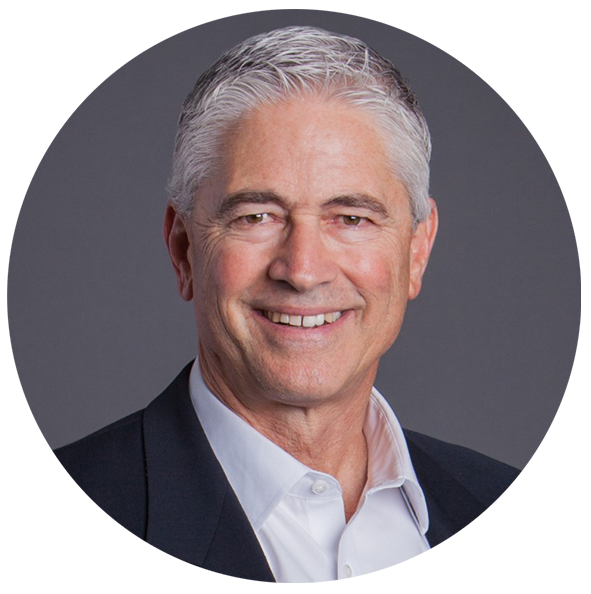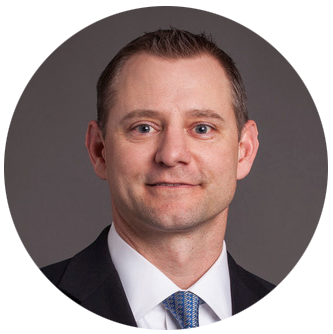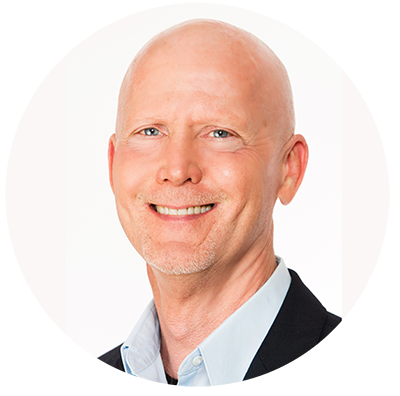In this webinar we are pleased to have as special guest speakers John Hesemann, Remediation Technical Practice Leader, and Rick Cramer, Environmental Sequence Stratigraphy Practice Leader of Burns & McDonnell. Their presentation discusses a next generation approach to tackling remediation of complex contaminated sites. They are joined by Craig Sandefur, Vice President of Remedial Applications Development at REGENESIS, who discusses Design Verification Testing (DVT) activities to improve performance results and reduce project costs at contaminated sites.
Highlights of this free webinar:
-
Learn how a focus on Remediation Geology defines the “static” subsurface framework that is the primary control on subsurface fluid dynamics.
-
And how this, combined with improved understanding of subsurface processes, results in a Process-Based CSM that informs all stages of the remediation life cycle.
-
Case studies presented will show how this approach applies to all complex sites, regardless of location, contaminant, and subsurface conditions.
With most of the remaining high-liability contaminated groundwater sites being mired within complex, heterogeneous subsurface conditions, the industry standard/off-the-shelf approach to remediation will not move these projects to timely, cost-certain end points. In fact many complex contaminated sites are on remediation pathways that have no defined end points or accurate estimate of project costs. This is primarily due to the uncertainty related to subsurface conditions and the processes that govern contaminant fate and transport. John and Rick will show how application of science-based technologies can accelerate these projects toward a pathway of success through better definition of subsurface complexities using Remediation Geology and a more quantitative understanding of contaminant fate and transport via development of a Process-Based CSM.
Complete the form on this page to view this free webinar.
About the Presenters:
 Rick Cramer, PG
Rick Cramer, PG
CA Remediation Department Manager, Burns & McDonnell
Rick Cramer is a California licensed Professional Geologist (PG) with over 30 years of environmental experience, and serves as the Remediation Department Manager and Environmental Sequence Stratigraphy Practice Lead with Burns & McDonnell out of their Brea, California office. Rick has a BS degree in geology from University of the Pacific and a MS degree in geology from University of California, Davis. He began his professional career in the petroleum industry, and pioneered the application of sequence stratigraphy to groundwater projects.
 John Hesemann, PE
Remediation Technical Practice Leader, Burns & McDonnell
John is a Licensed Professional Engineer (PE) with over 21 years of environmental experience, and serves as Burns & McDonnell’s Remediation Technical Practice Leader for Environmental Division. John earned B.S. and M.S. degrees in Geological Engineering from the Missouri University of Science and Technology and is a licensed professional engineer in the states of Connecticut, Illinois, Kansas, Louisiana, Massachusetts, Missouri, and Oklahoma. He has personally led or supported over 100 remediation projects in 17 states, mostly for industrial clients managing risks associated with chlorinated solvents, petroleum compounds, and other recalcitrant contaminants. As Burns & McDonnell’s Remediation Technical Practice Leader, John leads groups of remediation professionals and practitioners dedicated to developing and implementing effective solutions for private and public sector clients.
John Hesemann, PE
Remediation Technical Practice Leader, Burns & McDonnell
John is a Licensed Professional Engineer (PE) with over 21 years of environmental experience, and serves as Burns & McDonnell’s Remediation Technical Practice Leader for Environmental Division. John earned B.S. and M.S. degrees in Geological Engineering from the Missouri University of Science and Technology and is a licensed professional engineer in the states of Connecticut, Illinois, Kansas, Louisiana, Massachusetts, Missouri, and Oklahoma. He has personally led or supported over 100 remediation projects in 17 states, mostly for industrial clients managing risks associated with chlorinated solvents, petroleum compounds, and other recalcitrant contaminants. As Burns & McDonnell’s Remediation Technical Practice Leader, John leads groups of remediation professionals and practitioners dedicated to developing and implementing effective solutions for private and public sector clients.
 Craig Sandefur
Vice President of Remedial Applications Development, REGENESIS
Mr. Sandefur is the Vice President of Remedial Applications Development at REGENESIS with expertise in the areas of in situ remedial design and applications. He has over 20 years of experience in the area of in situ groundwater remediation. In his current role at REGENESIS, Mr. Sandefur is part of a team of geologists located throughout the United States providing remediation designs and optimized performance for REGENESIS clients.
Craig Sandefur
Vice President of Remedial Applications Development, REGENESIS
Mr. Sandefur is the Vice President of Remedial Applications Development at REGENESIS with expertise in the areas of in situ remedial design and applications. He has over 20 years of experience in the area of in situ groundwater remediation. In his current role at REGENESIS, Mr. Sandefur is part of a team of geologists located throughout the United States providing remediation designs and optimized performance for REGENESIS clients.
Under his direction REGENESIS developed it’s pre-application Design Verification Testing (DVT) program. This program consists of a suite of field sampling and testing activities carried out prior to subsurface remedial reagent emplacement. In addition to the field sampling and testing, Mr. Sandefur directed and implemented a series of Passive Flux Meter (PFM) Studies on select sites. He and the REGENESIS design team use high resolution PFM results to identify mass flux zones responsible for contaminant Plume Distribution in the subsurface.
Advances in REGENESIS’ DVT efforts over the past 5 years in the area of Remediation Geology have resulted in significant improvements in the identification and interrogation of contaminant distribution in heterogenous aquifers. These innovations have informed REGENESIS design and application teams and resulted in improved remedial reagent emplacement, project outcomes and costs reductions. As part of this effort Mr. Sandefur pioneered the use of PFM’s in combination with contaminant plume distribution analysis. This effort has led to more accurate identification and estimation of mass flux zone groundwater velocity earlier in the remediation process. Early flux zone detection provides greater accuracy in early phases of reagent selection and design and reduces the number and extent of subsequent revisions in terms of material quantity and application requirements.

